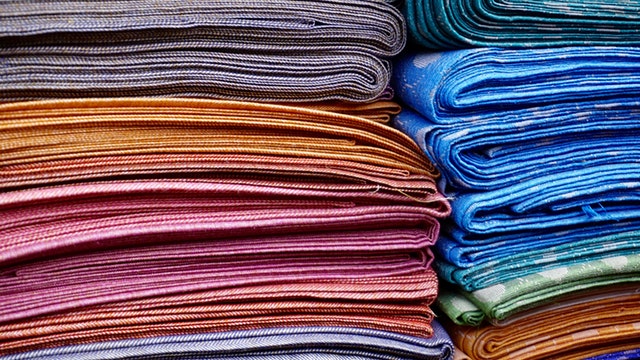The goal of a 100 % cotton clothing which doesn’t require ironing might turn into a reality.
CSIRO Research workers are studying exactly what establishes the duration, durability and density of natural cotton fibers to determine in case a plant could be developed with the features of a synthetic.
And also it might effect in cotton clothes which are elastic, water-resistant, and won’t demand ironing.
“Cotton frequently obtains a poor reputation ecologically however it’s a normal, environment friendly fibre not like synthetics that are produced with petrochemicals, ” CSIRO scientist Dr Madeline Mitchell explained in a report.

“We all are searching in to the composition of cotton cell walls and also harnessing the newest resources in synthetic biology to produce the following generation cotton fibre. ”
Australian pure cotton is likewise the most water efficient on the planet. It’s hoped that exact same drive for advancement can result to clothing with less environmental impacts when being washed.
Any time a synthetic material such as polyester or nylon is cleaned, thousands of tiny non-biodegradable microfibres enter the waterways, building up all of the food chain.
But when cotton fibres flow out of your washing machine, the fibres shed are biodegradable and break down naturally.
Through more than thirty years of improved cotton breeding using genetically modified techniques, the CSIRO and its partners Cotton Seed Distributors have led the strategies reducing insecticide use in cotton growing by 85 per cent and cutting herbicide use by 60 per cent.
If we can produce next generation cotton we can take a large market share of the synthetics industry and that’s a win not just for Australia’s $2. 5 billion industry but also for the environment, CSD managing director Peter Graham said.

The next generation cotton research is part for this $13 million investment in science that applies engineering principles to biology.
Australia’s cotton industry removed in the 1960s, as per the CSIRO. There are now about 1, 200 cotton farms across, with an output that could clothe 500 million people.
The researchers’ work are going to on display in Melbourne this week at AgCatalyst, a showcase of CSIRO’s technologies across the agriculture and food sectors.



